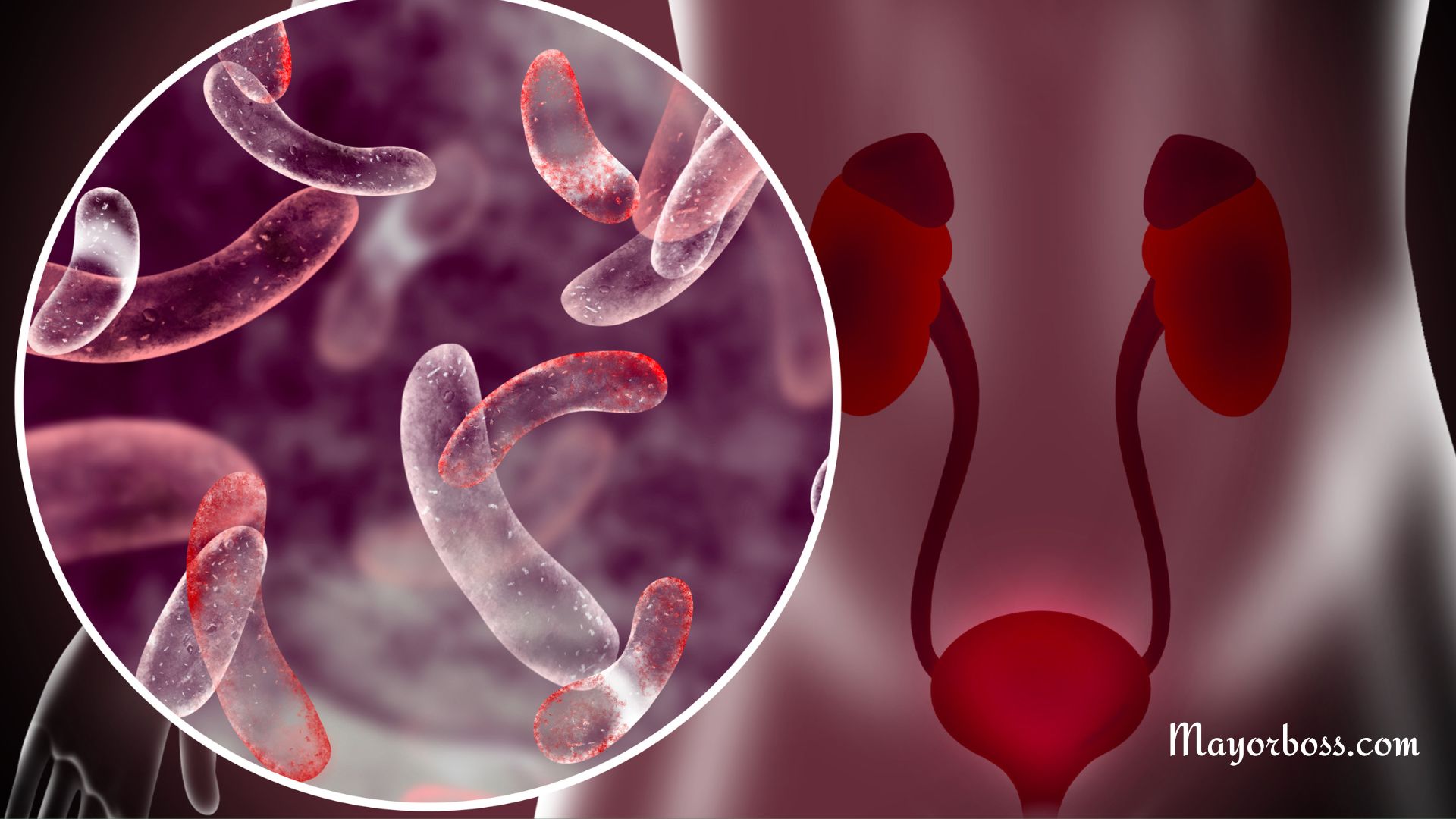How Do You Get Syphilis? Signs, Symptoms, and Treatment
Your body, like a well-tuned machine, is at its best when every part works in perfect harmony. When something goes awry, such as contracting a sexually transmitted infection like syphilis, the balance is disturbed. But fear not; understanding the disease is the first step in managing it. Natalia Hapych, M.D., a family doctor with many years of experience, shares invaluable insights on the subject.
What is Syphilis?
“Syphilis is a sexually transmitted infection (STI) caused by the bacterium Treponema pallidum,” explains Dr. Hapych. It’s infamous for its ability to mimic a myriad of diseases and for its potential to cause significant complications if left untreated.
Let’s delve into how you might contract this infection, the telltale signs and symptoms, and, importantly, the steps you can take to treat it.
How Do You Get Syphilis?
1. Unprotected Sexual Contact
“Syphilis is primarily spread through sexual contact,” says Dr. Hapych. This means you can contract syphilis through vaginal, anal, or oral sex with someone who has the disease. You’re at higher risk if you engage in unprotected sex, have multiple sexual partners, or are a man who has sex with men.
2. Mother to Child
Pregnant women with syphilis can pass the disease to their unborn babies, a condition known as congenital syphilis. This can lead to severe health issues or even death for the baby.
3. Nonsexual Contact
Although less common, syphilis can also be spread through close, personal contact with an infected person’s sores or rash.
Recognizing the Signs and Symptoms of Syphilis
Dr. Hapych emphasizes that recognizing the signs and symptoms of syphilis is critical. The disease unfolds in stages with distinct symptoms:
1. Primary Syphilis
This stage is marked by a small, painless sore (or sores) called a chancre. It typically appears at the spot where the bacterium entered your body, commonly the genitals, rectum, or mouth. The chancre heals on its own in 3-6 weeks, but without treatment, the infection progresses to the next stage.
2. Secondary Syphilis
In this stage, you might develop a rash, often starting on the trunk and eventually covering the entire body. Other symptoms may include sore throat, muscle aches, fatigue, fever, headaches, swollen lymph nodes, and weight loss. Like the chancre, these symptoms may resolve on their own, but the disease continues to progress if untreated.
3. Latent Syphilis
If you don’t seek treatment during the first two stages, the disease enters a latent or ‘hidden’ phase. You won’t have noticeable symptoms during this time, but the disease still lurks in your body.
4. Tertiary Syphilis
In some people, untreated syphilis can advance to this most severe stage years or even decades later. This can lead to serious complications affecting the heart, brain, and other organs.
Treating Syphilis
Thankfully, syphilis is curable. “Early detection and treatment are key in managing syphilis effectively,” advises Dr. Hapych. Here are the typical steps for treating syphilis:
1. Antibiotics
If you’ve been diagnosed with syphilis, your doctor will likely prescribe antibiotics. Penicillin is the most common choice, and it can cure syphilis in all its stages.
2. Follow-up Tests
Post-treatment, it’s crucial to undergo follow-up blood tests to ensure the infection is entirely eradicated.
3. Informing Partners
If you’re diagnosed with syphilis, I can’t stress enough how important it is to inform your sexual partners,” urges Dr. Hapych. “They will need to be tested and, if necessary, treated to prevent further spread of the disease.”
Protecting Yourself from Syphilis
Prevention, as they say, is better than cure. Protecting yourself from syphilis involves being aware and taking proactive measures:
1. Safe Sex
Use latex condoms every time you have sex. While condoms don’t eliminate the risk completely, they significantly reduce the chances of contracting syphilis.
2. Regular Testing
If you are sexually active, especially with multiple partners, regular STI screenings are essential.

3. Open Communication
Talk openly about STIs with your partner(s). Establishing a trust can help ensure you both get tested and treated if necessary.
In the end, awareness, vigilance, and timely medical intervention are your strongest weapons against syphilis.
Frequently Asked Questions about Syphilis
Absolutely. “Syphilis is entirely curable, especially when caught in its early stages,” assures Dr. Hapych. “Antibiotics, particularly penicillin, are highly effective in eradicating the infection. However, treatment can’t reverse any damage the disease has caused in its later stages.”
The risk of transmitting syphilis through kissing is generally low. “Syphilis is usually transmitted through direct contact with syphilis sore or rash, commonly found on the genitals, anus, or mouth during sexual activities,” explains Dr. Hapych. “However, if someone has syphilis sore or rash in or around the mouth or lips, and you kiss them, there is a chance you could contract the disease.”
Yes, you can. Syphilis is often dubbed ‘the great imitator’ because its symptoms can resemble other diseases, or there might be no symptoms at all. “The latent stage of syphilis, which can last for years, is symptom-free,” says Dr. Hapych. “A person could be infected without knowing it. This is why regular testing for sexually active individuals is so important.”
Further Reading: What are Sexually Transmitted Diseases (STDs): Symptoms, Testing, and Remedies






